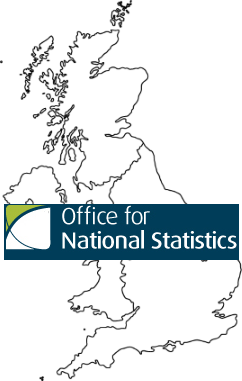ONS explains why National Insurance Numbers being registered has been higher than the number of people estimated as migrating to the UK
The Office for National Statistics (ONS) has today published its findings to explain differences between migration figures and National Insurance data.
 You can read the findings, Note on the difference between National Insurance number registrations and the estimate of long-term international migration: 2016, here.
You can read the findings, Note on the difference between National Insurance number registrations and the estimate of long-term international migration: 2016, here.
The ONS analysed the reasons why the number of National Insurance numbers being registered has been higher than the number of people estimated as migrating to the UK, and why in recent periods the gap between the two figures has grown.
According to BBC News, the latest ONS migration figures suggest that 257,000 EU migrants came to the UK between September 2014 and September 2015, while other figures for the same period show 630,000 National Insurance numbers were allocated to EU nationals.
In short, the ONS concludes that short term migrants largely account for the discrepancy.
The ONS gave the following as its key findings:
- Short term migration (between 1-12 months) from the EU for work and study has been growing and largely accounts for the recent differences between the numbers of long-term migrants (over 12 months) and National Insurance number registrations for EU citizens.
- The International Passenger Survey continues to be the best source of information for measuring long-term international migration.
- National Insurance number registrations are not a good measure of long term migration trends, as they do not necessarily indicate the presence of an individual in the country, or how long they spend here.
Media reports of the findings varied.
For the Telegraph, the ONS findings showed that EU migration to Britain over the last five years was 1.5 million higher than official figures, while the Guardian said the ONS findings proved that claims of "missing millions" of EU immigrants to Britain were wrong.
Glen Watson, Deputy National Statistician for Population and Public Policy at the ONS, said: "We are confident the International Passenger Survey remains the best available way of measuring long-term migration to the UK.
"National Insurance number registrations are not a good indicator of long term migration. This research shows that many people who register for National Insurance stay in the UK for less than a year, which is the minimum stay for a long-term migrant according to the internationally-recognised definition.
"National Insurance numbers registrations do, however, provide a valuable source of information to highlight emerging trends. The number of short term migrants coming to the UK to work or study has been rising recently, but you need to consider the short term migrants leaving these shores as well to get the full picture."
Responding to the ONS findings, Immigration Minister James Brokenshire told the Commons today: "A national insurance number can be obtained by anyone working in the UK for just a few weeks, and the ONS explains clearly that the number of national insurance registrations should not be compared with migration figures because they measure entirely different things. Short-term migrants have never been included in the long-term migration statistics, which are governed by UN definitions. There have always been short-term migrants who are not picked up in those statistics, but short-term migration will not have an impact on population growth and population pressures, as by definition short-term migrants leave the UK within 12 months of arriving.
"The Government look forward to the ONS’s follow-up note later in the year, which will set out its analysis in greater detail. We must now be careful not to distort the figures following the ONS’s clear statement. I welcome its conclusions, which I hope provide reassurance to those concerned that national insurance data could suggest that the published migration statistics were inaccurate."